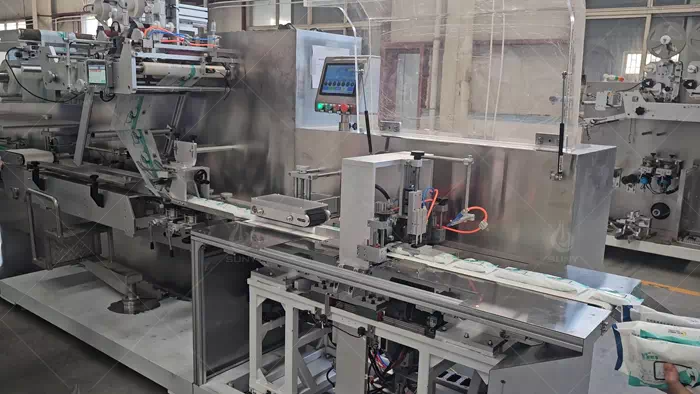What are the raw materials for making wet wipes?
The raw materials commonly used in the production of wet wipes include:
Non-woven fabric: This is the primary material used for the wipes themselves. Non-woven fabrics are absorbent, soft, and durable, making them ideal for cleaning purposes.

Water: Water is a key component of wet wipes and is used as a moistening agent to ensure the wipes are wet and effective for cleaning.
Preservatives: Preservatives are added to prevent the growth of bacteria and mold in the wet wipes, ensuring their shelf life and safety for use.
Moisturizers and emollients: Ingredients like glycerin, aloe vera, and vitamin E are often added to provide moisturizing and soothing properties to the wipes, making them gentle on the skin.
Cleaning agents: Depending on the intended use of the wet wipes (e.g., baby wipes, disinfecting wipes), various cleaning agents such as surfactants, disinfectants, or soaps may be included.
Fragrances: Fragrances are added to give the wet wipes a pleasant smell and enhance the user experience.
Thickeners and emulsifiers: These ingredients help to stabilize the formulation of the wet wipes and ensure that the various components are well mixed.
Antibacterial agents: In the case of disinfecting wipes, antibacterial agents such as alcohol or benzalkonium chloride may be included to kill germs and bacteria.
These are some of the common raw materials used in the production of wet wipes. The specific formulation and ingredients can vary depending on the intended use of the wipes and the manufacturer’s preferences.

